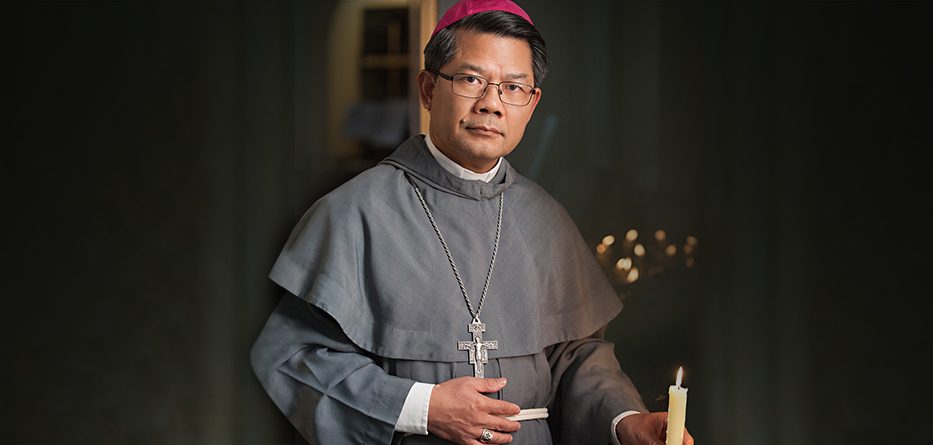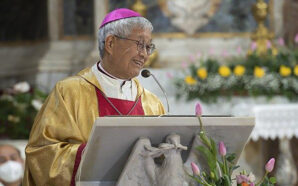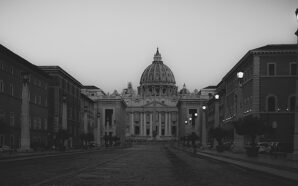Bishop Vincent address “The Catholic Church in post-Royal Commission Australia” delivered on 16 May at Mission 2017: one heart many voices, Sydney, Australia.
PART 2: THE CHURCH OF HUMILITY AND SERVANTHOOD
Cardinal Carlo Martini SJ said in his last interview before his death in 2012: “I dreamed about a Church that went forward in poverty and humility; that did not depend on the powers of this world”. He also said that the Church is about 200 years behind the time. Perhaps, this was a Jesuit way of telling the power that be in Rome to get on with the job of implementing the prophetic vision of the poor humble servant Church that the Second Vatican Council had envisaged.
I hold that it is necessary that we die to that which is unworthy of Christ so that a church humbled, yet purified, may emerge and shine forth more brightly as a beacon of hope for all. In my testimony at the Royal Commission, I maintain that we need to dismantle the pyramid model of Church. For I hold that this model, which promotes the superiority of the ordained and the excessive emphasis on the role of the clergy at the expense of non-ordained is at the very root of the culture of clericalism. To dismantle this model is not to dismantle the Church per se or even the hierarchy (of whom I am a privileged member). Rather, it is to acknowledge and to have the courage to die to the old ways of being Church that no longer convey the message of the Gospel to the culture in which we live.
I wonder how many of you have ever heard of what is known as the Pact of the catacombs. On November 16, 1965, a few days before the end of the Council, about 40 of the bishops celebrated the Eucharist together in the catacombs of Saint Domitila. They asked for the grace “to be faithful to the spirit of Jesus”, to lead a life of poverty and humility and to be a poor servant church. The Pact of the catacombs was born. Dom Helder Camara was the signatory to this pact and so were many of his Latin American colleagues. By signing, they made a commitment to live in poverty, to reject all symbols or privileges of power, and to place the poor at the centre of their pastoral ministry. Let me read some of the salient points of the pact:
-We will try to live according to the ordinary manner of our people in all that concerns housing, food, means of transport, and related matters.
– We renounce forever the appearance and the substance of wealth, especially in clothing and symbols made of precious metals.
– We do not want to be addressed verbally or in writing with names and titles that express prominence and power (such as Eminence, Excellency, Lordship).
– We will seek collaborators in ministry so that we can be animators according to the Spirit rather than dominators according to the world; and we will show ourselves to be open to all, no matter what their beliefs.
What a prophetic vision for the Church! What courage and passion for the Gospel of Jesus! These men in the spirit of the Second Vatican Council mapped out a path of renunciation and purification that would enable a humble, poor but hope-filled Church to be born. It has been a painful birthing process one must admit, since the heyday of the Council. Those salient points that I have highlighted remain to be lived and to be seen to be lived by many bishops, myself included. We may not be the Bishop of Bling or the lover of the cappa magna. However, the challenge of living a life of poverty and humility and being a poor servant church remains as relevant now as it was then.
Part 3 will be published tomorrow.
To read Part 1 of the Bishop’s address, click here.








